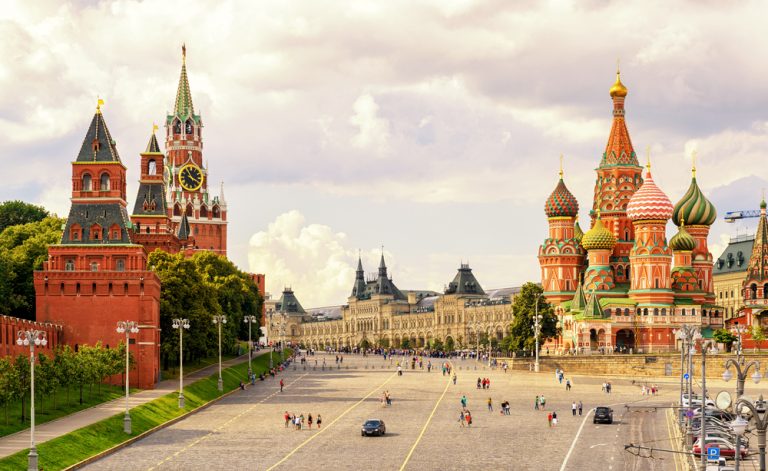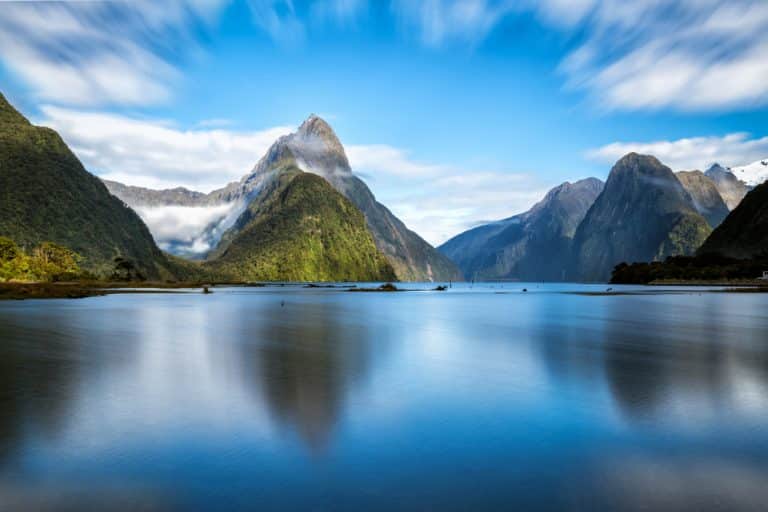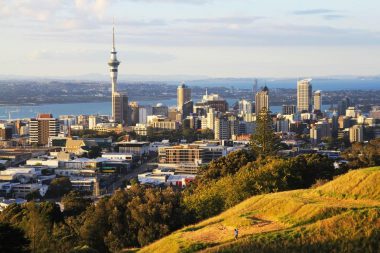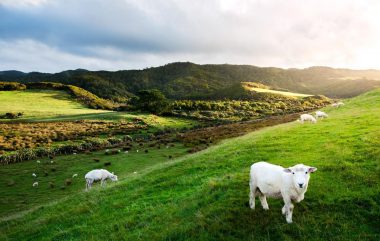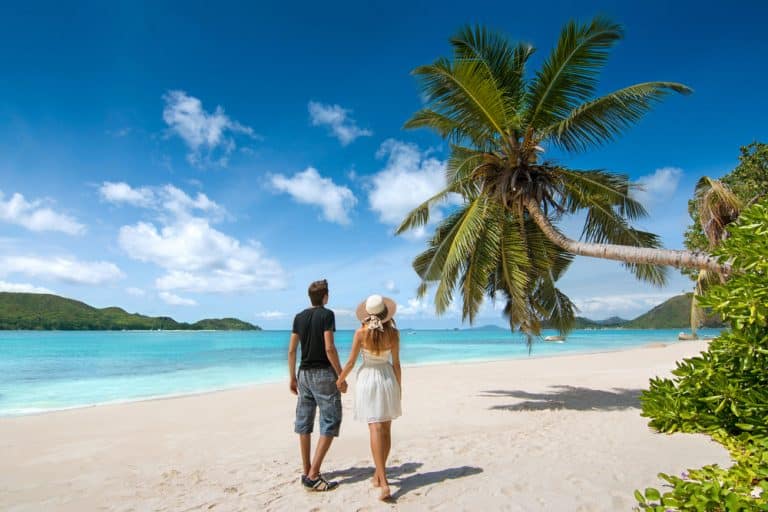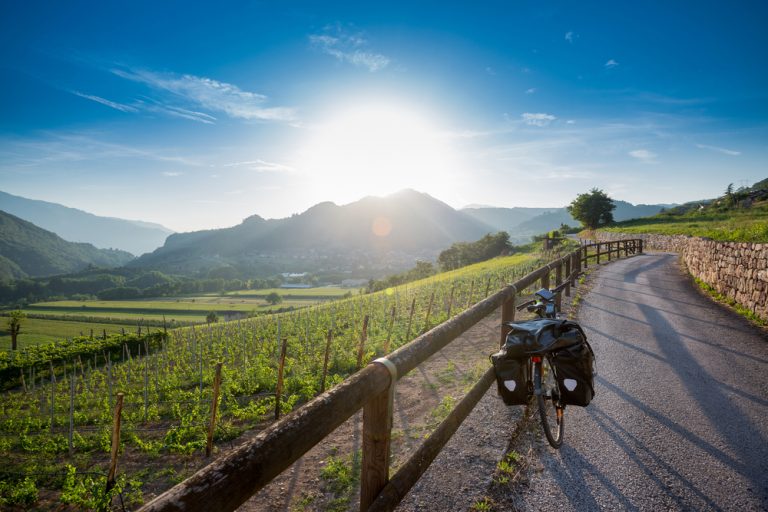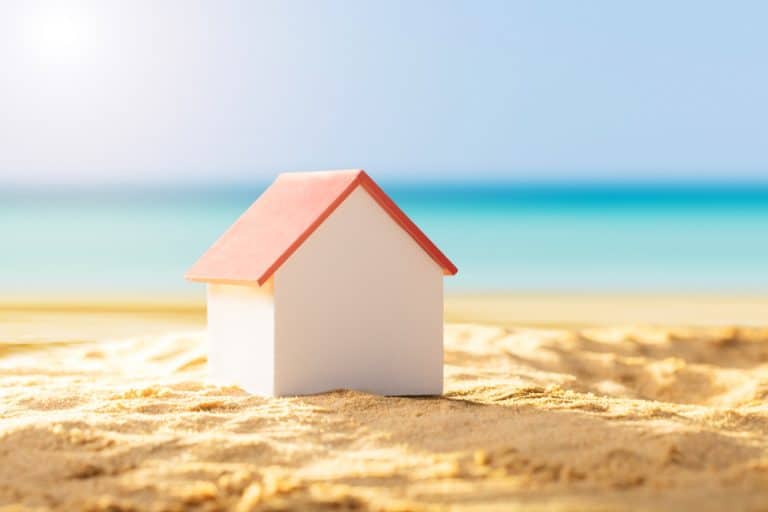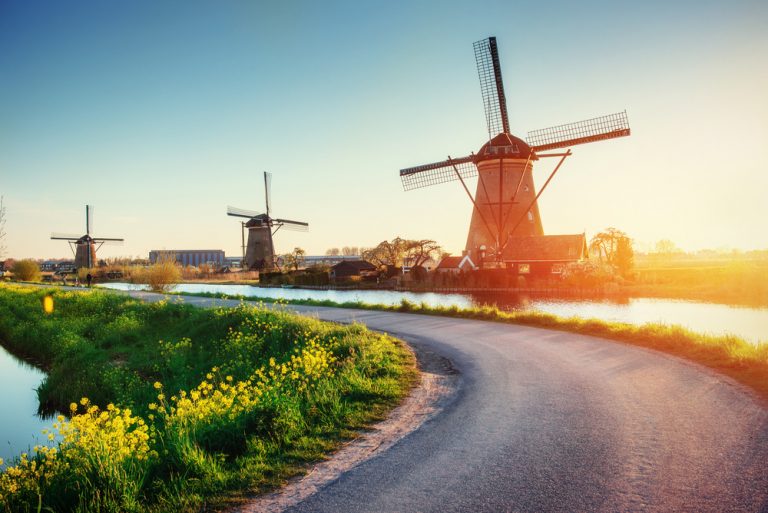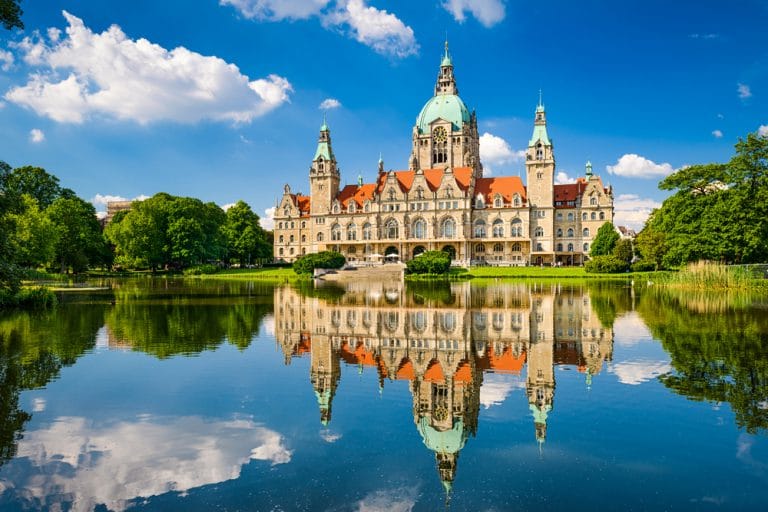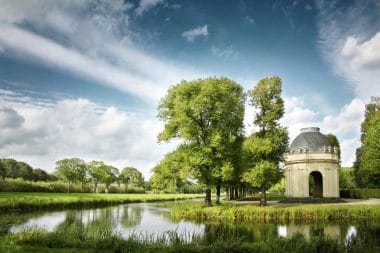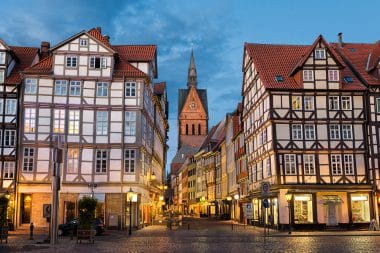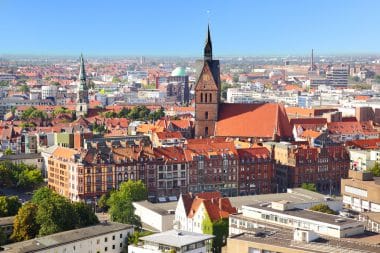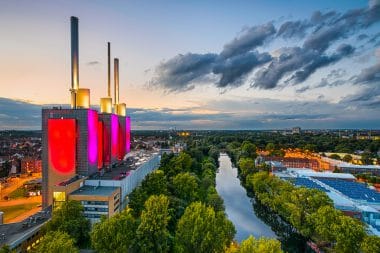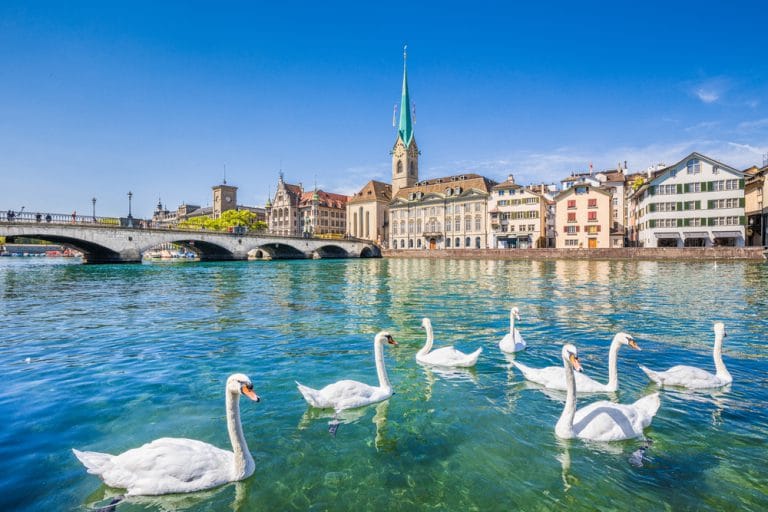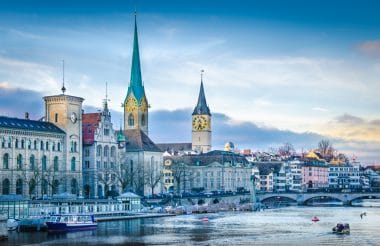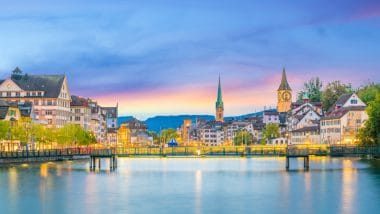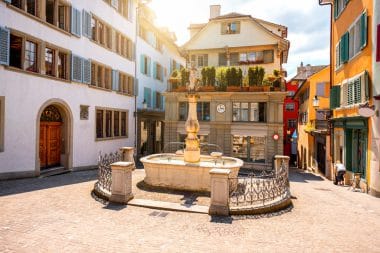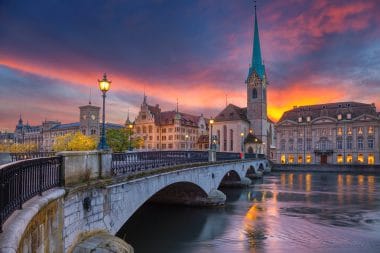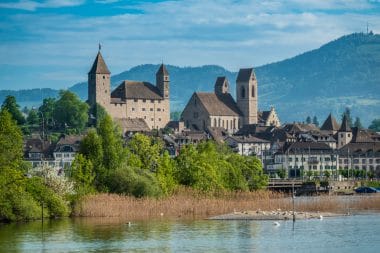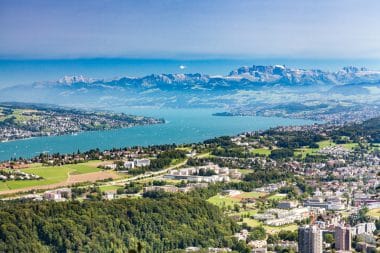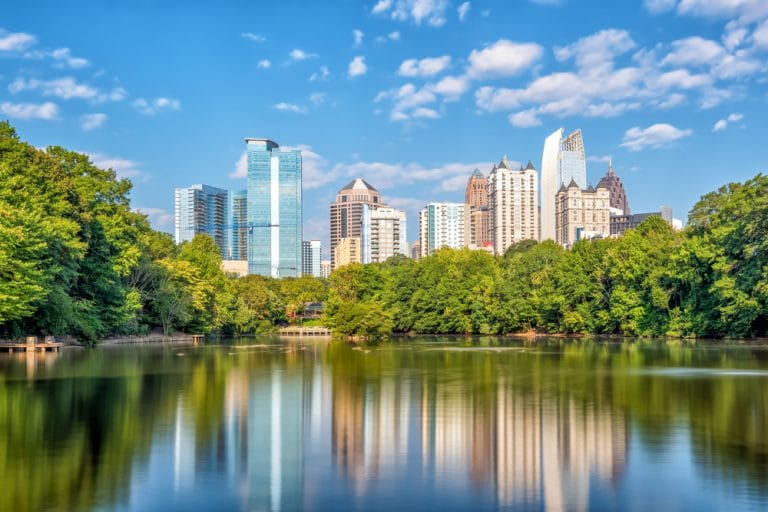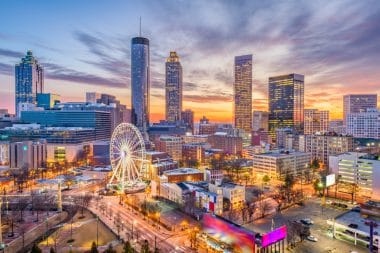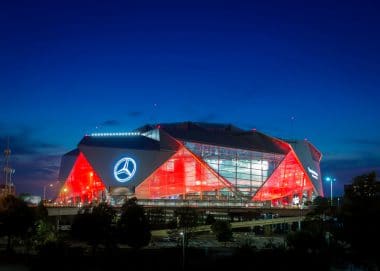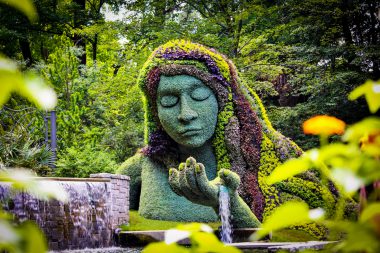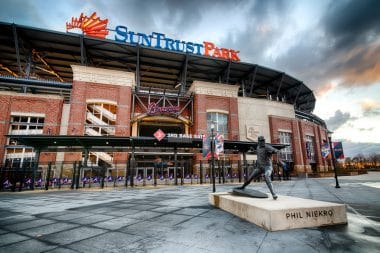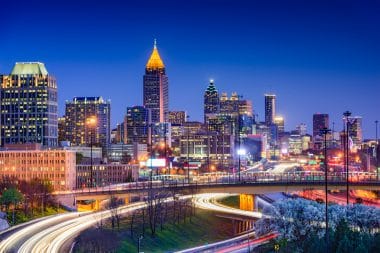No other country in the world combines so many different sights and landscapes on its territory as Russia. The country in the east offers different climate zones, different mentalities and languages as well as a diverse cuisine.
Russia is an exotic holiday destination – whether adventure tours to the North Pole into the eternal ice, excursions into the endless expanse of Siberia or boat tours on the Volga or the Yenisei. And sun worshippers and ski fans also get their money’s worth: the Black Sea beckons with sun, beach and blue water and the Caucasus invites you to winter fun. If you want to learn about the history and culture of the country, the hospitable Russians will be happy to tell you more about their homeland.
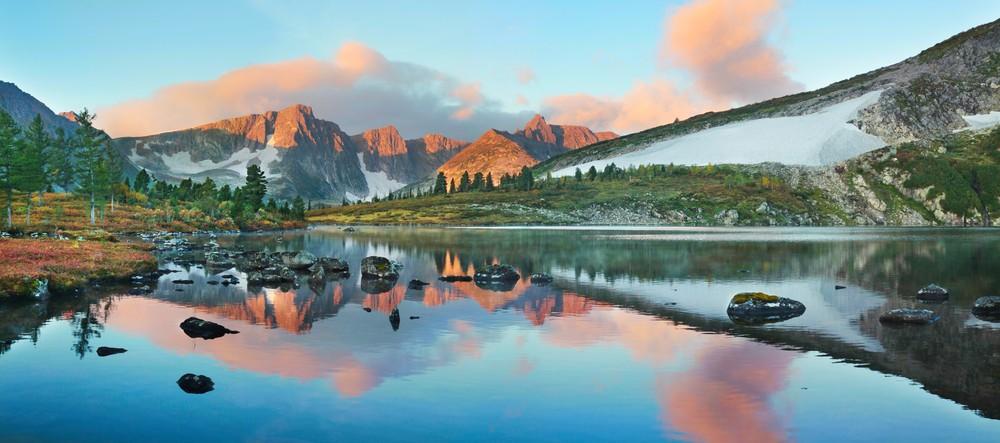
A classic tourist destination is certainly Moscow. The cultural and economic heart of the country beats in the capital of Russia. The city is very important to Russians, and so there is probably no Russian who does not visit Moscow at least once in his life. The city is growing incessantly and is constantly striving for something new. The metropolis is a melting pot for the whole country. And yet: Moscow does not stand for all of Russia.
St. Petersburg is also very popular with many tourists. The more than 300-year-old city is considered the cultural highlight of Russia. The density of museums in the city is impressive. In addition, St. Petersburg offers a very lively and exciting sub-culture. The architecture is just as inspiring – it’s not for nothing that the city is also called the Venice of the North. A very special experience are the so-called White Nights of St. Petersburg. Due to its proximity to polar rice, it is also light at night in the period from late May to mid-July. During this time, the sun does not set completely.

But Russia has much more to offer than just the exciting metropolises of Moscow and St. Petersburg. Nature lovers will find a unique natural landscape in Siberia, the Caucasus or the Urals. Here there is still an almost completely untouched nature, impressive landscapes, a breathtaking wilderness and a diverse animal world as well as a solitude like nowhere else in the world.
If you want to be really pampered, you should go to Crimea. There are well-known health resorts here that offer guests soothing cures and a great wellness program. And of course, Crimea is also an optimal holiday destination for sun worshippers and water lovers. The Black Sea offers bathing fun and pure relaxation for the whole family. Also on the Black Sea is the well-known seaside and holiday resort of Sochi. Here, palm trees and black beaches await the visitor. It is not for nothing that Sochi is also called the Russian Riviera.
A cruise on the Volga is an experience of a special kind. In addition to an impressive river landscape, the numerous old towns on the banks also invite you to experience. The river is considered the mother of all rivers in Russia. The Volga and the surrounding country are considered the cradle of the country. Here, the Russians say, you can find the soul of Russia. The big country simply offers just the right thing for everyone. Russia is always worth a trip!
Travel information Russia
| Capital | Moscow |
|---|---|
| Form of government | Federal Republic Semi-presidential system |
| Currency | Rouble (RUB) |
| Area | 17,075,400 km² including Crimea: 17,102,344 km² |
| Population | 144,526,636 (excluding Crimea) 146,877,088 (including Crimea); (As of: 2018) |
| Languages | Russian |
| Electricity grid | 220 volts, 50 Hz |
| Area code | +7 |
| Time zone | UTC+2 to UTC+12 |


